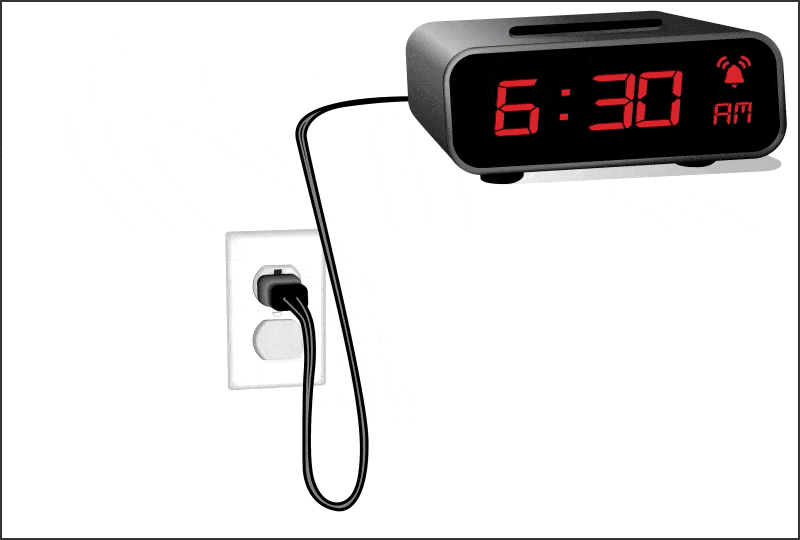Re-examining the Plaque-Gingivitis Connection and the Role of Stannous Fluoride
Course Number: 579
Course Contents
Stannous Fluoride as a Plaque Toxicity Modulator
If mechanical plaque removal is not universally well-practiced, and certain patients – even with decent oral hygiene – react in an amplified fashion to plaque bacteria due to host susceptibility factors, what effective solutions exist for the prevention and control of gingivitis? Adjunctive, commercially available chemotherapeutics like bioavailable stannous fluoride (SnF2) dentifrice that can impact plaque toxicity irrespective of plaque quantity are an intelligent strategy in light of nearly ubiquitous usage of toothbrushing as the main oral hygiene practice.
Why focus on this particular antimicrobial? There are several reasons why SnF2 has a distinct profile among oral chemotherapeutics options:
Of the three fluorides most commonly incorporated in commercial toothpastes today, stannous fluoride (SnF2 ) is the sole anti-caries agent that is also an antimicrobial agent, providing clinically proven benefits against plaque, gingivitis, and breath malodor.
The bacteriostatic/bactericidal effects of SnF2 are sustained beyond the brushing window due to its notable substantivity (i.e., ability to be retained in the oral cavity after exposure). 30,31
SnF2 is also the only common fluoride source to protect against both enamel erosion and dentinal hypersensitivity.32-35
Bioavailable SnF2 ’s gingival health properties are well-established and recognized to be associated with its anti-plaque effects, such as inhibiting and reducing plaque bacteria’s adhesion and growth, along with the inhibition of acid production and other metabolic toxins30,31,35 However, research has shown that the quantity of plaque bacteria does not firmly correlate with gingival inflammation.24 To explore if other factors beyond metabolic actions might be at play and whether SnF2 could directly interact with bacterial endotoxins to affect pathogenicity, a series of laboratory and clinical investigations employing novel methodologies were conducted to evaluate the potential plaque endotoxin binding to oral care cationic antimicrobials like SnF2 25-27,37-41 This research generated the findings highlighted in this course revealing an additional means by which bioavailable SnF2 apparently acts to control plaque while preventing and reducing gingivitis: SnF2 disrupts the gingival inflammation process by reducing plaque toxicity.
A summary of the studies’ findings on this effect showed that before the host TLRs in the gingival sulcus can mount the inflammatory response that would be expected when encountering plaque bacteria endotoxins, SnF2 present in the mouth (e.g., from toothbrushing) intervenes and binds the endotoxins, thus effectively blocking them from affixing with TLRs, and undermining the typical cytokine-driven series of events that leads to inflammation and bleeding (Figure 6).
With regular exposure to a properly formulated bioavailable SnF2 dentifrice, then, the customary deleterious effects of plaque endotoxins can be blunted, preventing gingivitis or reducing it to a level consistent with homeostasis, and lowering the potential for more advanced periodontal disease.25-27, Click on Figure 7 to view an animation illustrating this process.
Figure 7.
Video illustrating stannous fluoride’s ability to bind to endotoxins, thereby preventing the activation of toll-like receptors and the inflammatory response.
To better visualize how bioavailable fluoride impacts the inflammatory response, consider the example of a traditional alarm clock (Figure 8). Here the electrical cord connecting the alarm clock to the electrical outlet symbolizes host TLR, while the outlet is analogous to plaque LPS endotoxin. In the absence of SnF2 , plugging in the cord (TLR) to the outlet (LPS) results in a preset alarm functioning by going off – or in the case of TLR/LPS – the triggering of the inflammatory cascade.
Figure 8.
Host toll receptors can be imagined as the electrical cord that plugs into the outlet (i.e., LPS) and incite the inflammatory cascade (here the alarm sounding) in the absence of stannous fluoride.
However, if a childproof outlet protector covers the electrical outlet and blocks the cord from being plugged in (see the bottom/lower outlet in Figure 8) the clock has no power and the alarm cannot be activated. Similarly, with bioavailable SnF2 acting in like fashion to the safety outlet cover, LPS is bound and the gingival inflammatory response is thwarted.



